Leaders Promise Kirwan Funding as Bill Fast-Tracked to Hearing
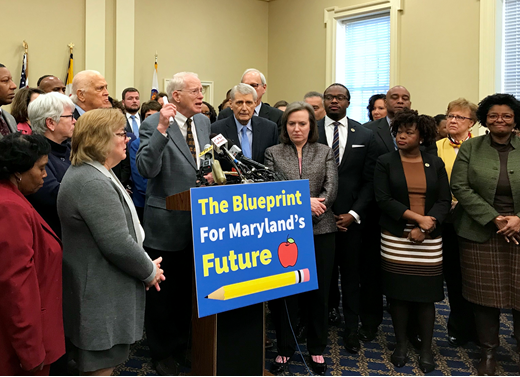
Democratic leaders hailed the arrival of a 29-page Blueprint for Maryland’s Future bill on Tuesday and promised that the far-reaching recommendations of the Kirwan Commission would get full funding ― even as lawmakers are looking for ways to trim next year’s spending plan.
“The plan to fund it? Take money in the budget and fund it,” House Speaker Michael E. Busch (D-Anne Arundel) responded dryly to a question about the commission’s recommendation to infuse the state’s education system with $1 billion in additional funding over the next two years.
At least $300 million in operating expenses will be included in this year’s budget and the legislature also will include at least $500 million in school construction funding in the capital budget.
The promise to fund the Kirwan recommendations comes at a time when the budget committees face uncertainty with a revenue write-down promised for later this week and economists fear an economic downturn in the next couple of years.
“There are going to be some other programs that are going to be cut. There’s no doubt about it,” Busch said. “But this is priority No. 1.”
The bill introduced Monday and already scheduled for a hearing Wednesday in the Senate promises a number of specific investments:
- Increases to the state’s share of per-pupil funding for pre-kindergarten programs in 2020 and 2021;
- $137.5 million in additional funding in both fiscal 2020 and 2021 for students with disabilities, based on the wealth of the county;
- $23 million in both fiscal 2020 and 2021 for intervention programs to help struggling learners in Grade 3 and below, with a focus on literacy;
- $150 million in additional state funding in 2020 and 2021 for teacher salary increases, which would be distributed to counties that provide a salary increase of at least 3 percent to teachers in the 2020 fiscal year; and
- $387 million for other recommendations of the commission in the 2021 budget.
The bill also includes a provision that would require the state to give a $248,333 Concentration of Poverty Grant in the 2020 and 2021 fiscal years to schools in which 80 percent or more students qualify for free or reduced-price lunches.
The grants would be made from the state to the county boards of education and must be used for a community schools coordinator position and a health care practitioner, according to the bill. If the grant exceeds the cost of hiring those two positions at an eligible school, the school can use the rest of the funds to provide wraparound services such as health care programs and extended learning programs.
The bill also proposes in-depth new requirements for teacher training programs, including the creation of a career ladder that would promote educators into new roles like “master teacher” and increase salaries to retain teachers for longer careers.
“Teaching, for so many, is no longer a career, it’s a revolving door,” commission Chairman William E. “Brit” Kirwan said Tuesday. “We can and we must do better.”
Kirwan talked about the need for passing the legislation now, even as the commission continues to work until December on new education funding formulas.
“Too many kids are going through our schools and not ending up with knowledge and skills necessary to have successful lives and careers,” Kirwan said.
Right now, fewer than 40 percent of high school seniors will graduate deemed “college and career ready,” a standard that means students read at a 10th-grade level and can pass an algebra test, Kirwan said. The commission wants to raise that bar, while also helping more students over it.
The new legislation requires schools to get most students to CCR standards by the end of 10th grade and includes new interventions to help struggling students; those students who reach CCR standards by 10th grade would be eligible for advanced career and technical education programs or dual enrollment programs with community colleges.
“Of course there are substantial costs to implementing these recommendations. But we also have to think about what are the costs of not doing this,” Kirwan said. “What will it mean for our state if we don’t change the current circumstances?”
Lawmakers were asked about long-term funding plans for the commission recommendations, which hit an annual estimated cost of $3.8 billion in additional education funding after a 10-year phase-in.
House Appropriations Chair Del. Maggie McIntosh (D-Baltimore City) said the legislature will have to identify a long-term funding source next year when the full recommendations of the commission along with changes to the state’s funding formulas are expected to be changed.
“That is what we’re working on this summer,” McIntosh said. “… The bottom line is, we are at a juncture in Maryland, where we have to say that our public schools are our No. 1 priority. Our kids are our No. 1 priority.”
Gov. Lawrence J. Hogan Jr.’s office said Tuesday that it will review the bill closely as it moves through the legislative process.
“As the governor said in a letter to the presiding officers before the start of the legislative session, he is open to additional investments in K-12 education, but strongly believes that any investments must be accompanied by strong accountability requirements,” spokeswoman Shareese DeLeaver Churchill said, noting that Hogan also supported a constitutional amendment passed by voters in November that dedicates casino revenues to increased education funding.
Senate President Thomas V. Mike Miller Jr. (D-Calvert) called the legislation released this week “the most important bill” that will come up this session.
He invoked an iconic New York City planner to describe Democratic leaders’ dedication to the Kirwan recommendations.
“We’re going to make it happen. Robert Moses said once you put a post down, they’ll never make you pull it back up,” Miller said. “We’re going to put that post down, and they’re not going to make us pull it back up.”
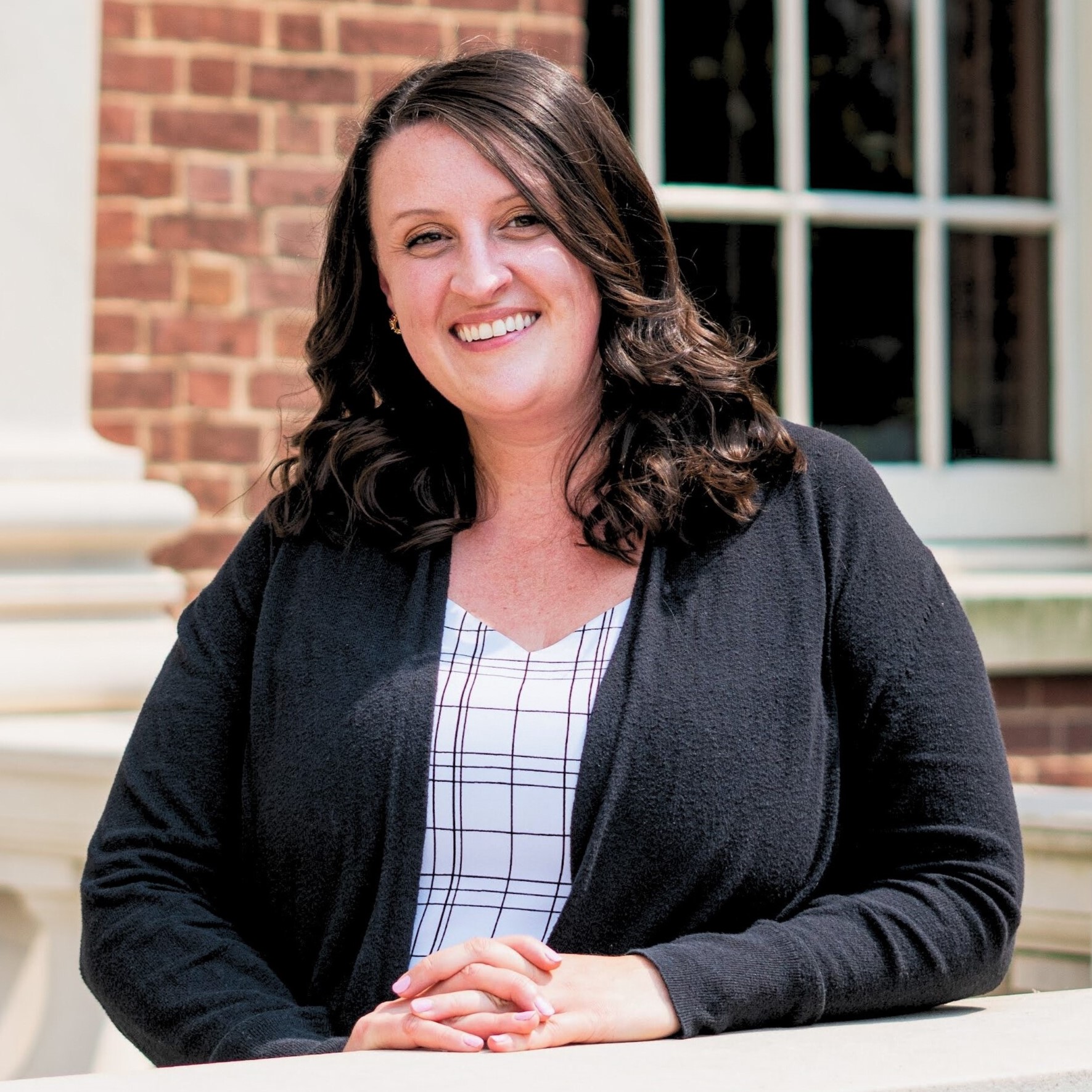
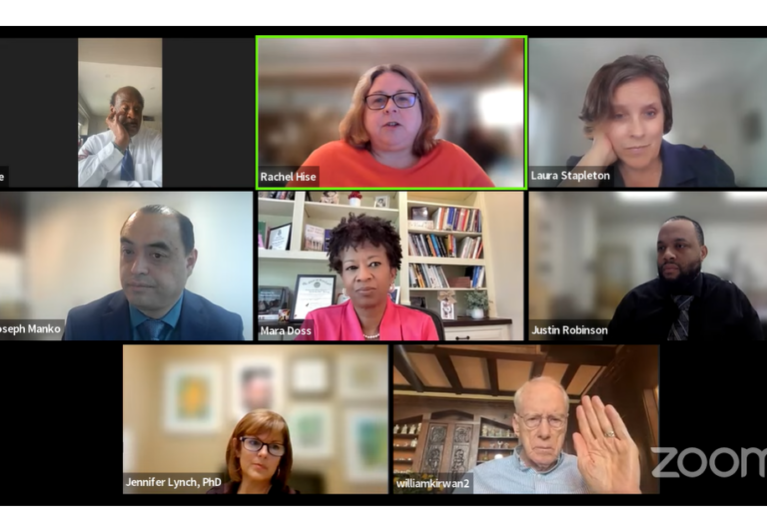
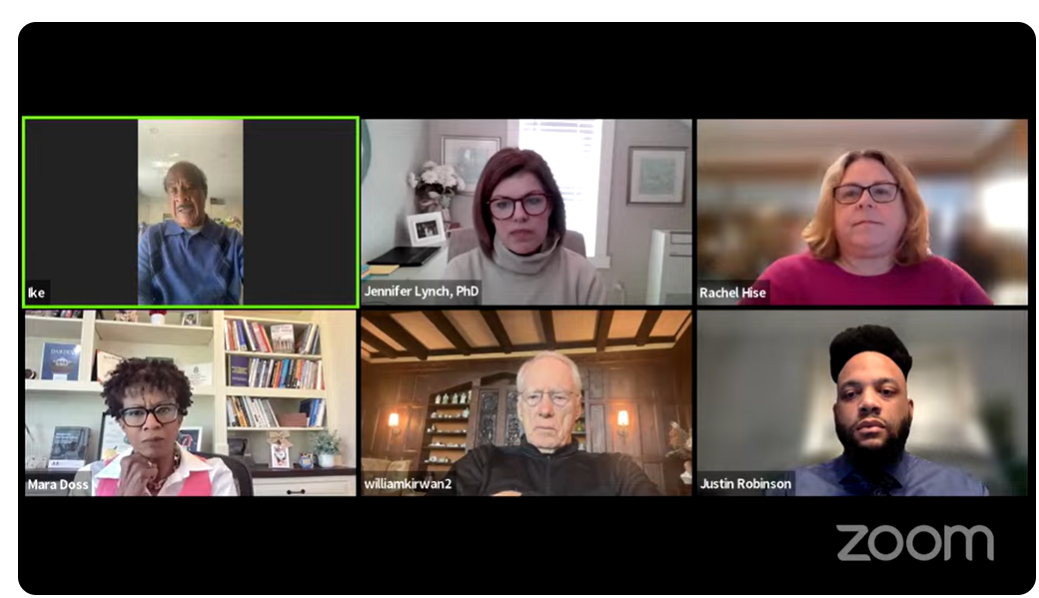
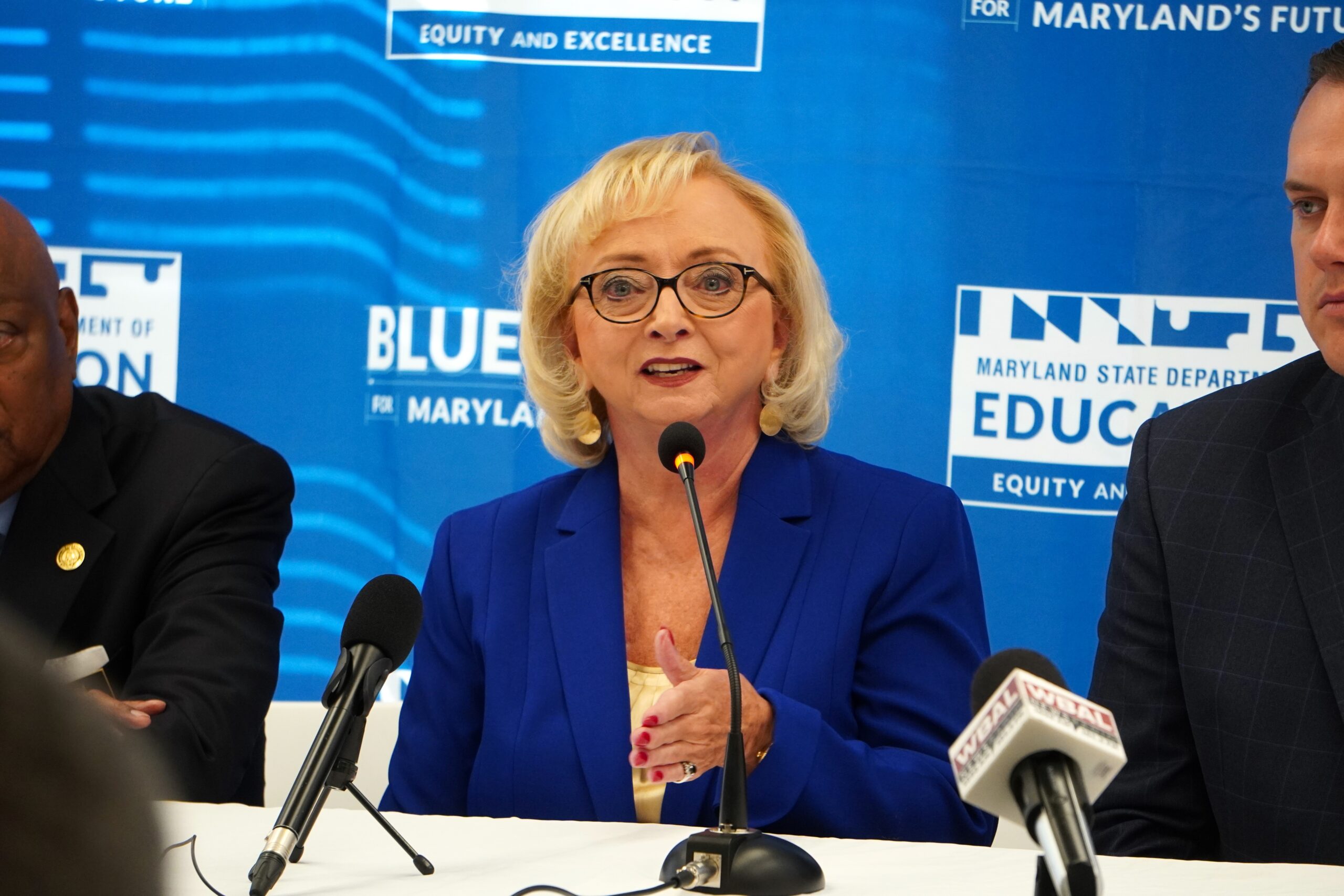
 Creative Commons Attribution
Creative Commons Attribution